The JR Yamanote line is one of the most convenient and popular Tokyo Metro routes. This loop line connects all of the city’s major city centers and is operated by the Japan Railway.
All Japan Rail Pass holders can use the Yamanote Line trains for free, with every stop included in the JR Pass.
The line consists of 29 stations and is roughly 34.5 kilometers long, allowing you to finish a complete circle in an hour.
The Yamanote train line is the only one that connects the most famous stations: Ikebukuro, Ueno, Shibuya, Shinjuku, and Tokyo.
If you’re a tourist in Tokyo trying to get the most out of your trip, the Yamanote line is the perfect choice for getting around the city.
Yamanote Line Schedule
The first train on the Yamanote line leaves the station at 4:30 am, with the last passing at 1:20 am every day except for December 31st and January 1st.
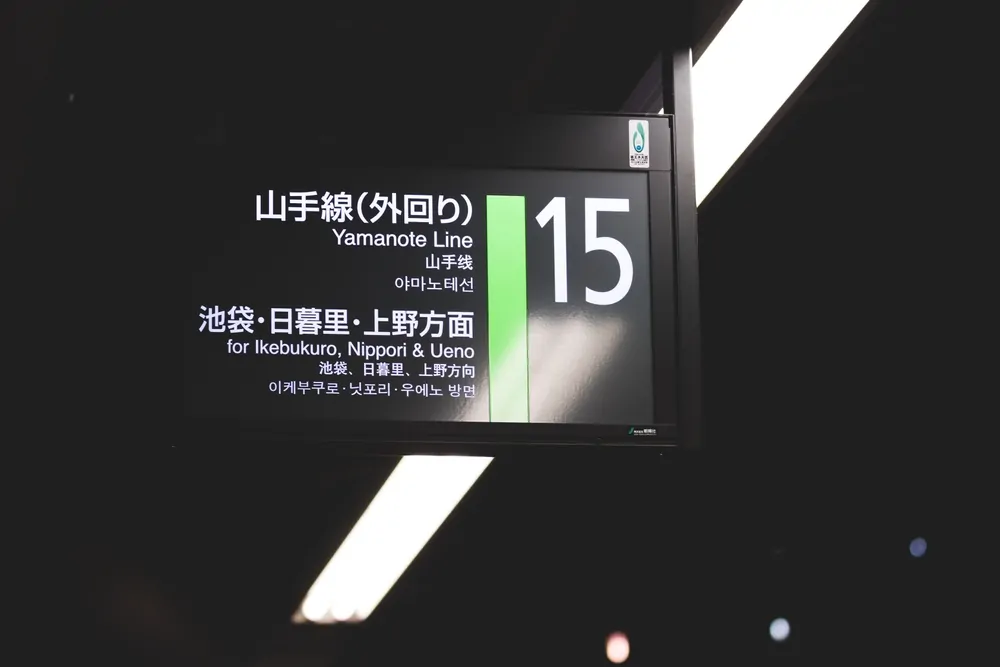
All Japanese modes of transportation, including trains, buses, the metro, and tram lines, are punctual. There are departures every two to four minutes in every direction.
Delays rarely occur, and when they do, they take no longer than five minutes and are accompanied by a sincere apology that can be heard from the speakers.
The Most Popular Metropolitan JR Lines
There are five railway lines in Tokyo that travelers can use with a JR Pass:
- The Yamanote line — This circle or loop connects all the metro lines and Tokyo’s major city centers.
- The Chu line is a quick metro service that connects the Tokyo station with the Shinjuku station and crosses the Yamanote line.
- The Keihin-Tohoku line — This line runs along the Yamanote line on the east side. It makes stops at the Shinagawa, Tokyo, and Ueno stations.
- The Saikyo line — This runs parallel to the Yamanote line on the west side of the loop.
- The Sobu line — This line runs across the Yamanote line, similar to the Chu line but is slower.
The Tokaido Shinkansen trains also stop at the Tokyo, Shinagawa, and Ueno stations.
Stations on the Yamanote Line
The proximity of many destinations makes it easy for travelers to enjoy a full day of sightseeing and activities. There are numerous parks, shrines, restaurants, and more for everyone to enjoy.
Below are some of the most popular stations on the Yamanote line that travelers enjoy visiting. They must return to the Yamanote line to see the next city on their list.
Shinjuku
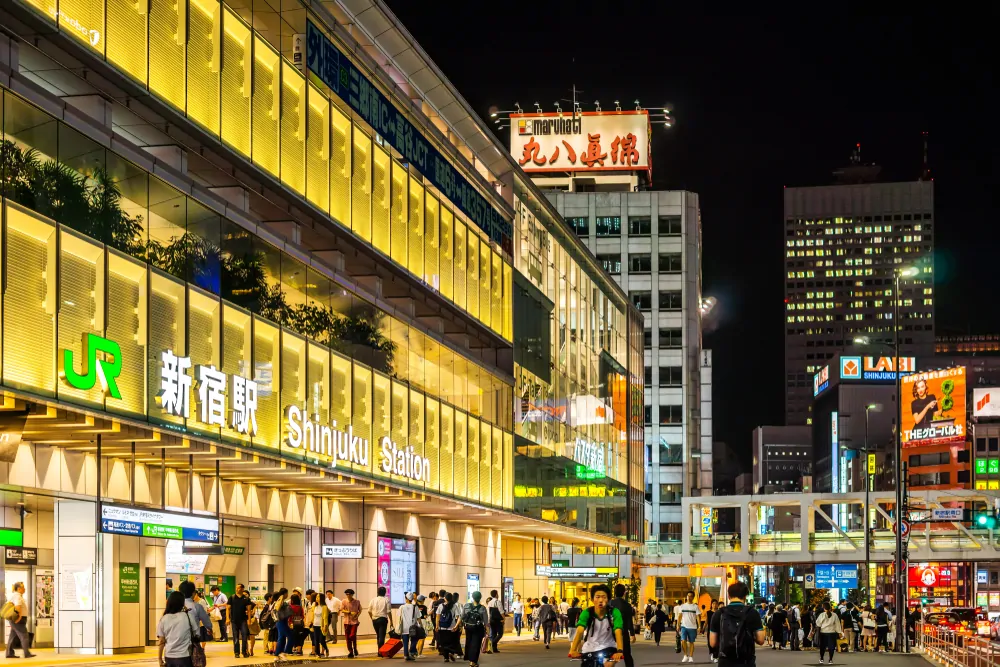
The Shinjuku station is the busiest train station in Japan. It’s located in the center of the Shinjuku business, entertainment, and shopping district, where around two million people pass through every day.
You can get a beautiful view of the city from the observatories on the 45th floor of the towers that make up the Tokyo Metropolitan Government Office. This hub also connects with the Narita Express, which takes passengers to the Narita International Airport.
You can also spend some time at the Shinjuku Gyoen National Garden. This location is perfect for peaceful walks in the garden or visiting small Japanese bars without all the city’s noise.
While you’re here, you should make a stop at Kagurazaka. This neighborhood is filled with restaurants that offer tasty food at a great price.
There is another station counterclockwise from Shinjuku station, Shin-Okubo, that acts as the entrance to Tokyo’s Koreatown.
Shin-Okubo will lead you to an area alive with street food stalls, markets, and karaoke bars that offer visitors a taste of South Korean culture.
Yoyogi
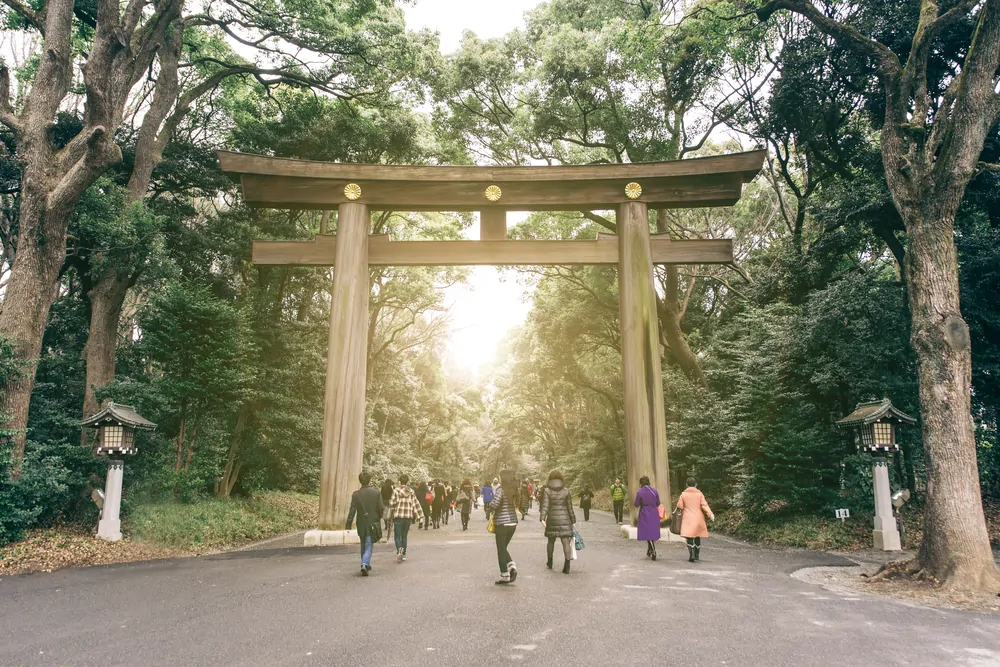
The Yoyogi station is located near the northern entrance of the Meji Shrine, which is part of the Yoyogi Park and the Shinjuku Gyoen National Garden.
If you’ve ever seen the famous Japanese animated movie “The Garden of Words,” directed by Makoto Shinkai, you may recognize these gardens because they inspired the film.
This station is very close to Shinjuku station.
Harajuku
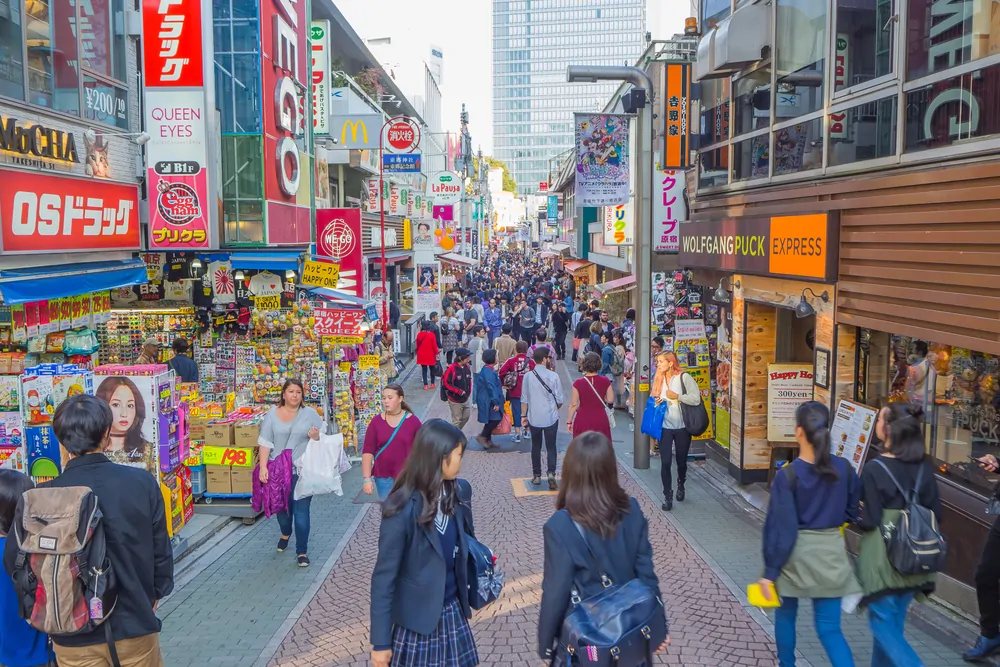
The Harajuku station exit will take you south of Yoyogi Park on one of the most famous streets in Tokyo, Takeshita, and the Harajuku district.
The Harajuku district is part of the Shibuya area of Tokyo and derives its name from the fashion and shopping district just east of the station. The Harajuku district is known for being the site of Japan’s extreme teenage culture and fashion.
You can also find Omotesando Hills, a large shopping center that sells the most popular local Japanese brands.
Shibuya
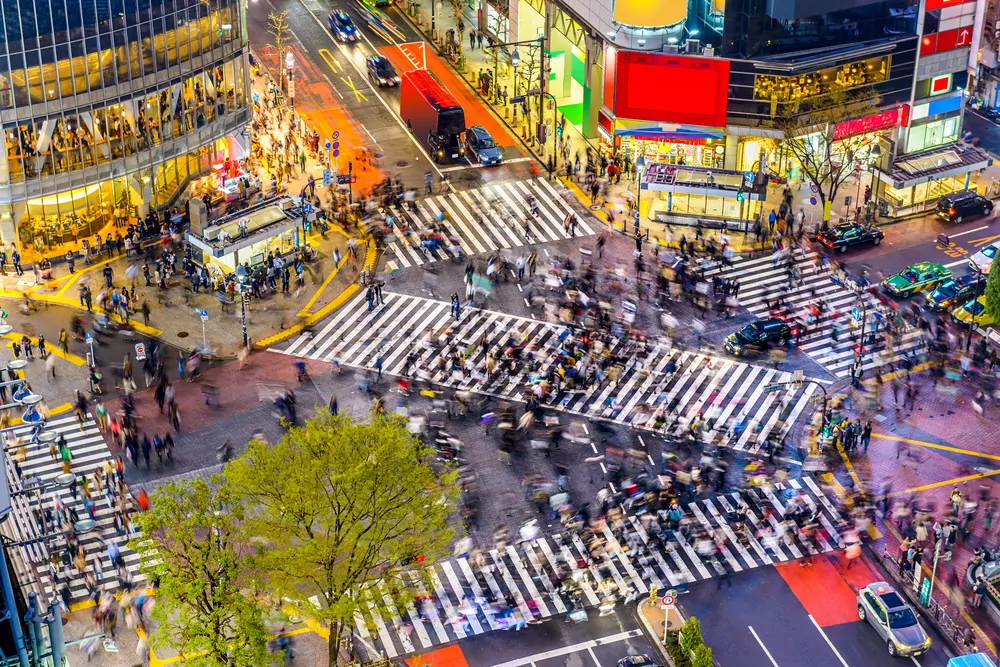
The Shibuya station is one of the busiest intersections in the world, giving it a rise to fame. It’s also one of the oldest stops on what is now the Yamanote line.
Shibuya crossing runs through one of the world’s largest shopping centers and one of the most energetic business centers.
Visit Shibuya 109, a commercial center showcasing Japan’s most recent fashion trends. Once you’re done catching up with the trends, make your way to Center Gai Street. This is the place where the fashion that can be seen throughout the Shibuya area is born.
If you’re interested in a quieter experience, the Bunkamura cultural center welcomes you with various exhibits, cinema houses, and eateries.
Meguro
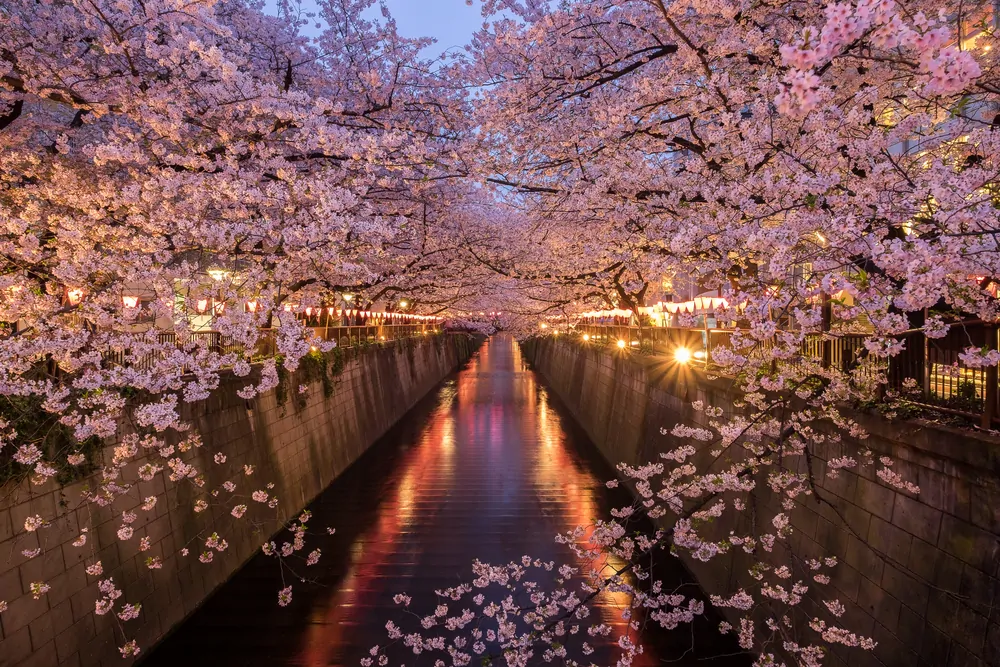
Meguro is the quiet residential area of Ebisu and Meguro that is popular for the cherry blossoms that grow every spring along the Meguro canal.
You can easily reach the Institute for Nature Study and the Tokyo Metropolitan Teien Art Museum from this station on the Yamanote line.
Tokyo Station
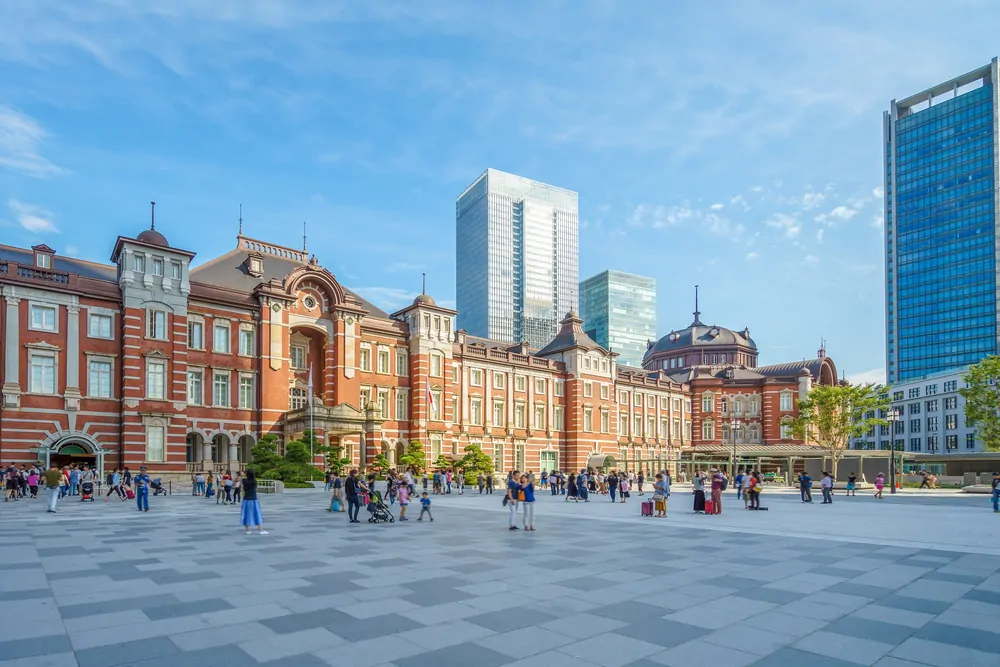
The Tokyo Station or Tokyo-Eki is the central Tokyo station and terminal station for the Shinkansen trains. It’s located in Marunouchi, the site of Japan’s most distinguished business centers.
If you stop here, you should visit Kitchen Street to pick up from various national Japanese restaurants.
If you want to stroll outside, The Imperial Palace East Garden is a top choice for a scenic view of Tokyo.
Make sure to return to the station after sunset before your trip ends to get a chance to see the beautiful night lights of the Tokyo station.
Akihabara
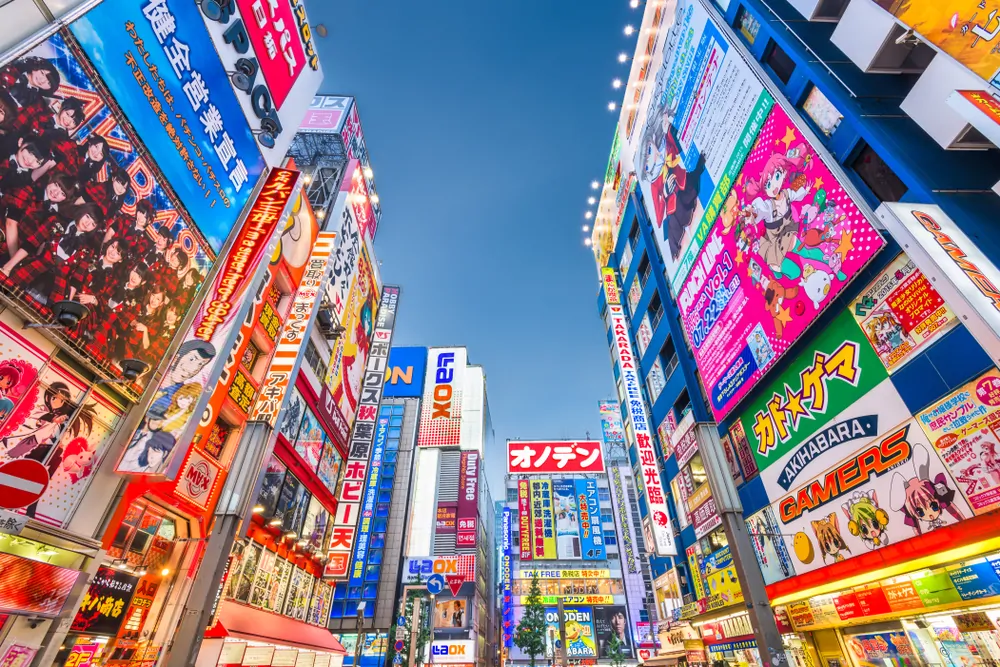
Akihabara is one of the largest stations on the Tokyo Metro, with a direct connection to many of the lines on the Yamanote line.
Akihabara is one of the biggest central districts in Tokyo; known for its numerous electronic shops have given the famous nickname “Electronic City.” Some people consider this area part of the geek mecca.
Ueno
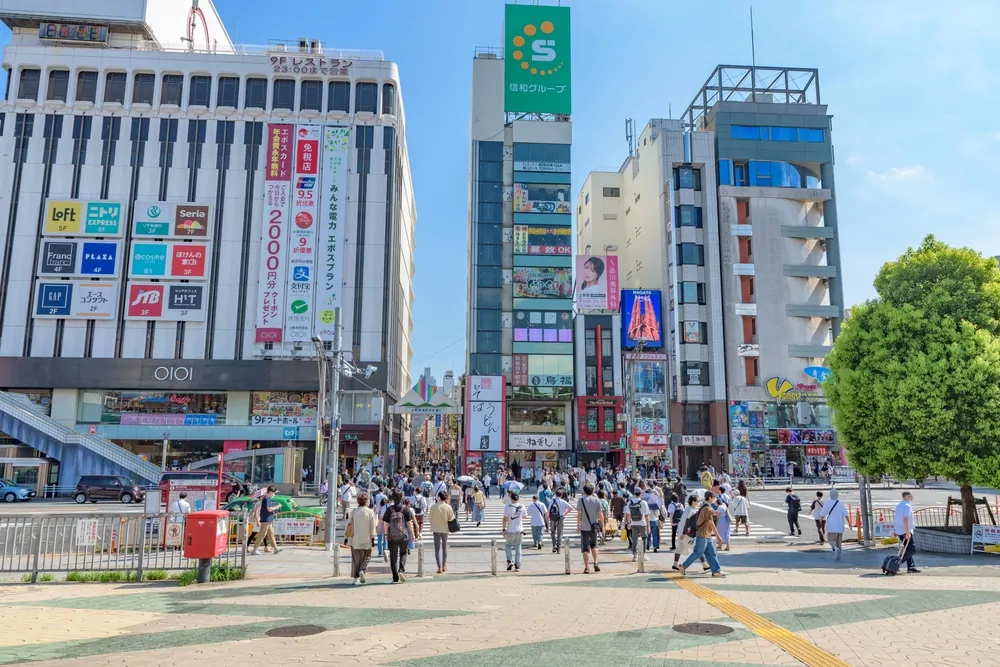
There’s something for everyone beyond the Ueno stop on the Yamanote line.
If you get off here, you can visit the Ueno Royal museum and the Ueno Park, both located very close to the station.
Ueno Park leads through beautiful shrines, the Ueno Zoo, and the Tokyo Metropolitan Art Museum. All Shinkansen trains that travel north of Japan stop at Ueno station; you can also transfer to the Tokyo Metro Ginza Line.
Shinagawa
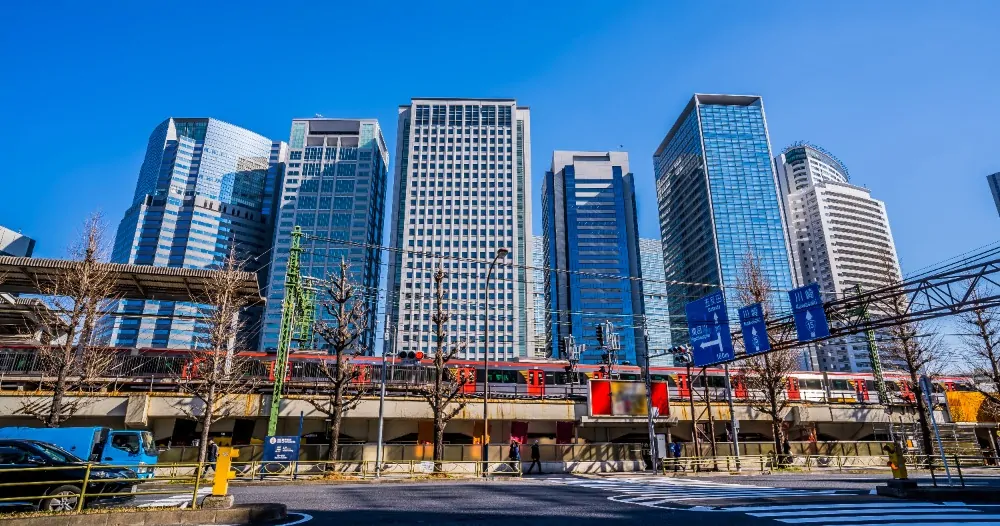
Shinagawa station is one of the busiest stations along the Yamanote line. This stop is being renovated to connect Tokyo to Nagoya in 2027.
The Shinagawa stop will become the terminal for the Chuo Shinkansen once construction is completed.
Takanawa Gateway
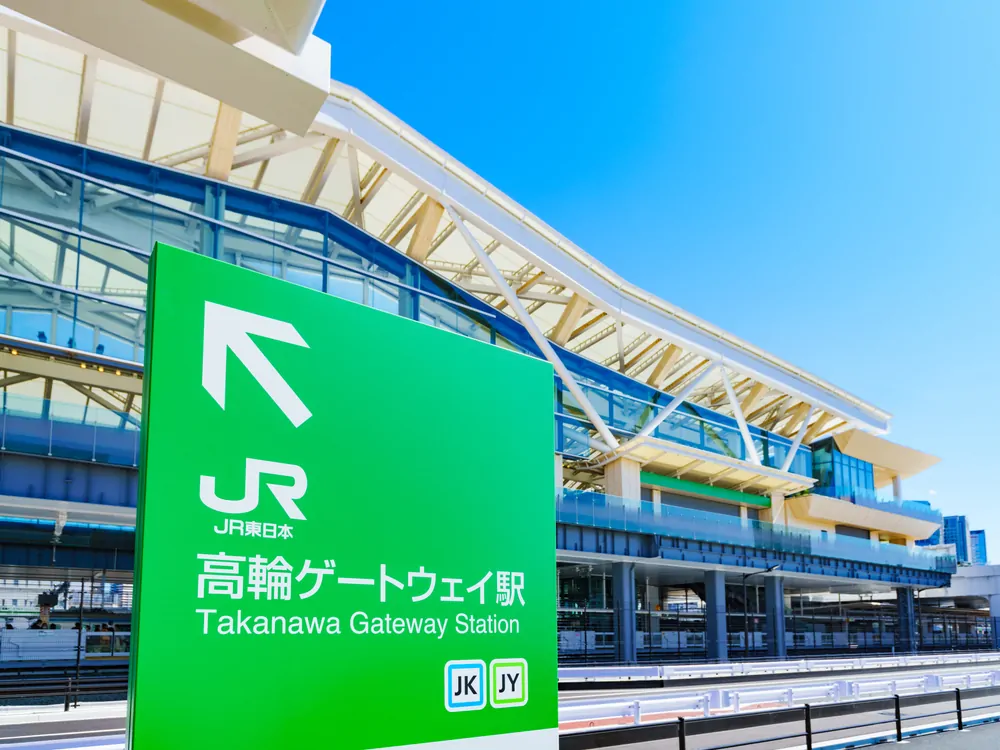
The Takanawa Gateway was opened in March 2020, making it the newest station on the Yamanote line. This station is the closest to the JR station. Kuma Kengo designed the building.
The opening of the Takana Gateway was a significant step in turning the Shinagawa district into a global transportation hub.
Hamamatsucho
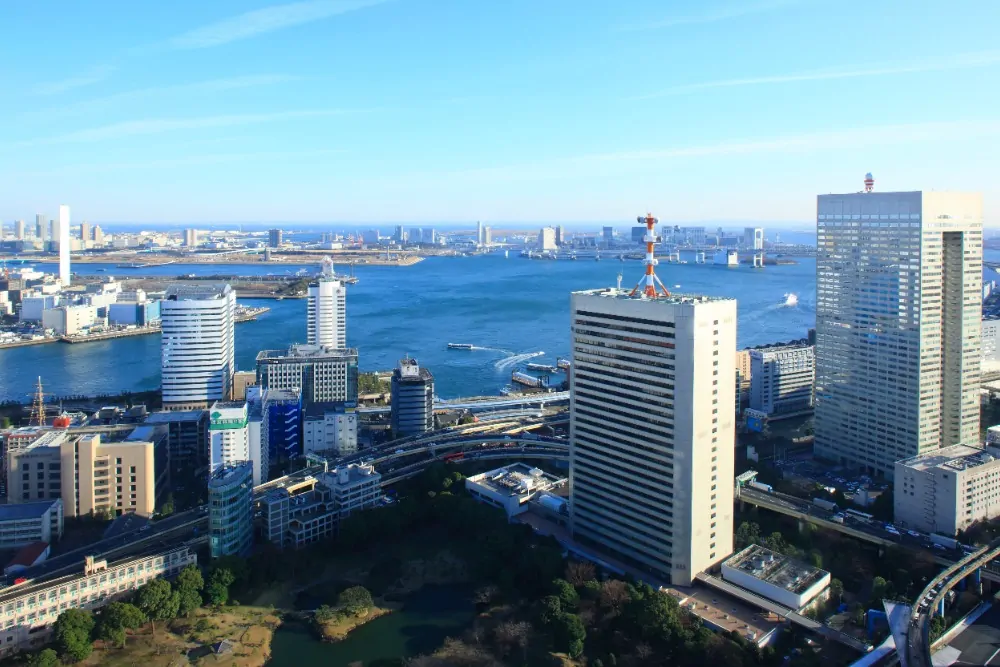
This is close to the well-known Tokyo Tower and the Zojoji Temple. The Tokyo Monorail connects Tokyo to the Haneda Airport at the Hamamatsucho station.
Yurakucho
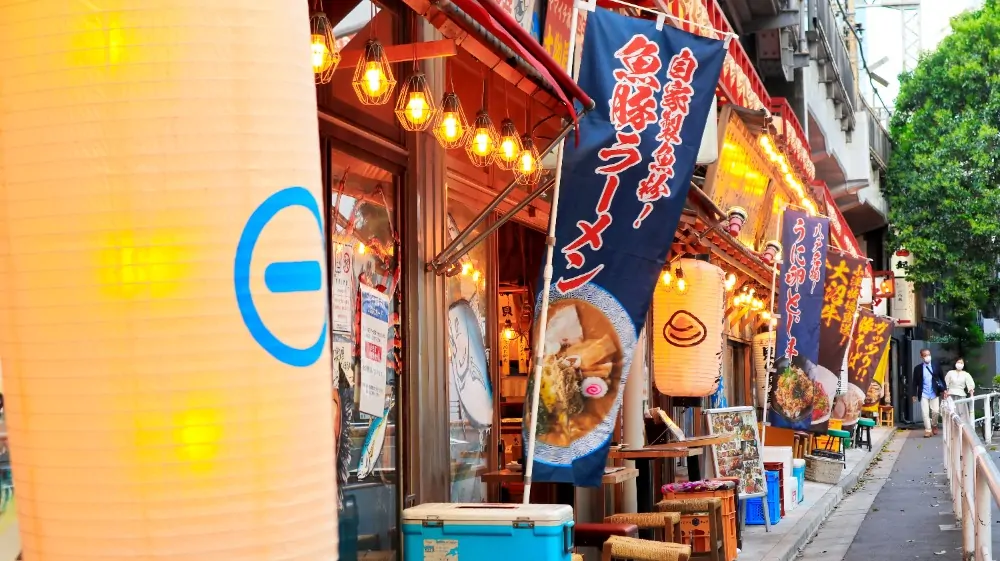
Yurakucho Station is the closest station to the Sakuradamon entrance gate to the Imperial Palace and the Ginza entertainment and shopping district. There are over a dozen restaurants located underneath the tracks.
Take the Yamanote Line to Get the Best View of Tokyo
The Yamanote Line is the best way to get around Tokyo. This JR line stops at all the region’s most popular businesses and shopping centers.
If you’re visiting with a group of friends more interested in seeing the natural beauty of Japan, there are dozens of shrines and parks along the way.
Japan Rail Pass holders can get on and off the line for free as they travel to various destinations close to the stations.
Travelers can spend a whole day exploring one district or visiting many stops along the way.
The long hours of the railway make it easier for travelers to spend every day of their visit jam-packed with authentic Japanese food and sights they will look back on fondly once they return home.
The JR Railway continues to improve and add more stops, so make sure to visit different stops every time you come to Japan.

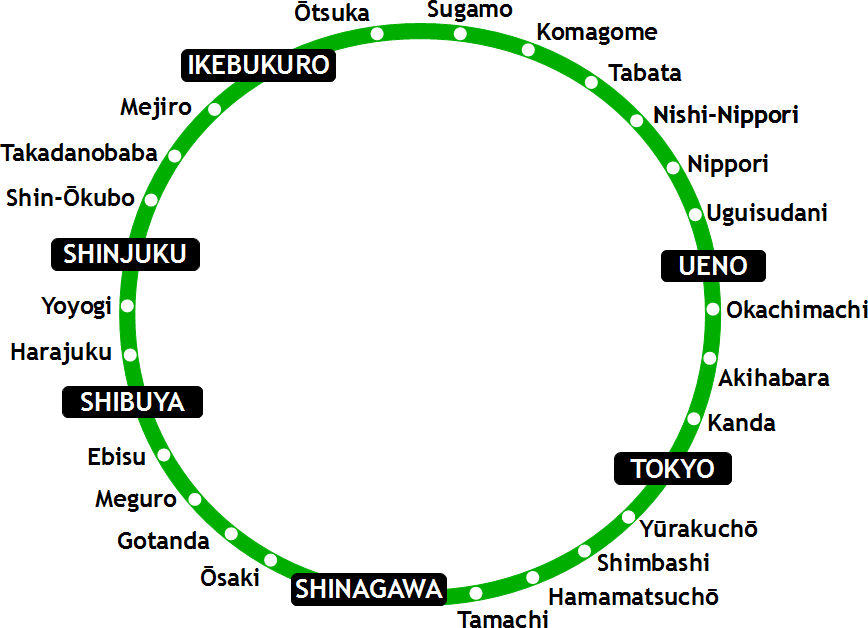
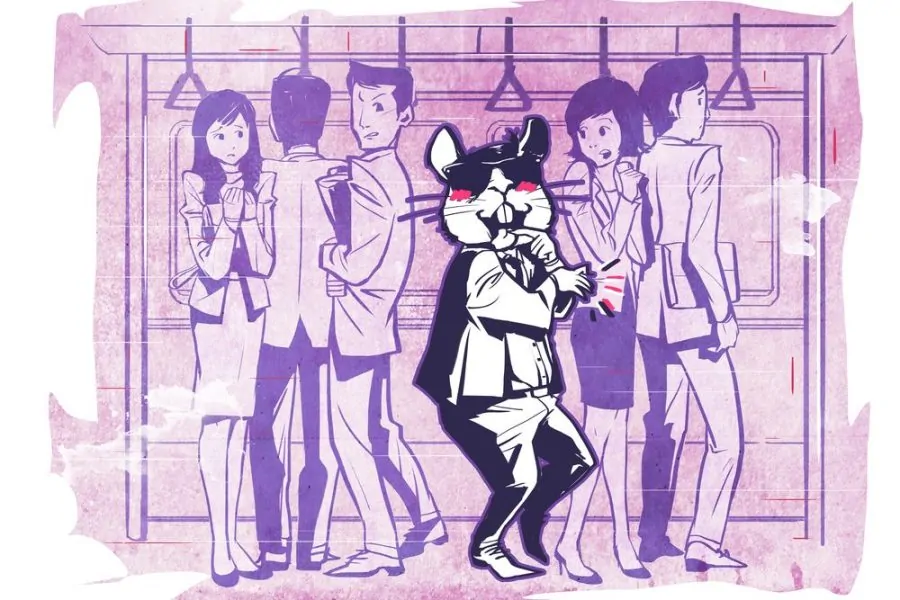
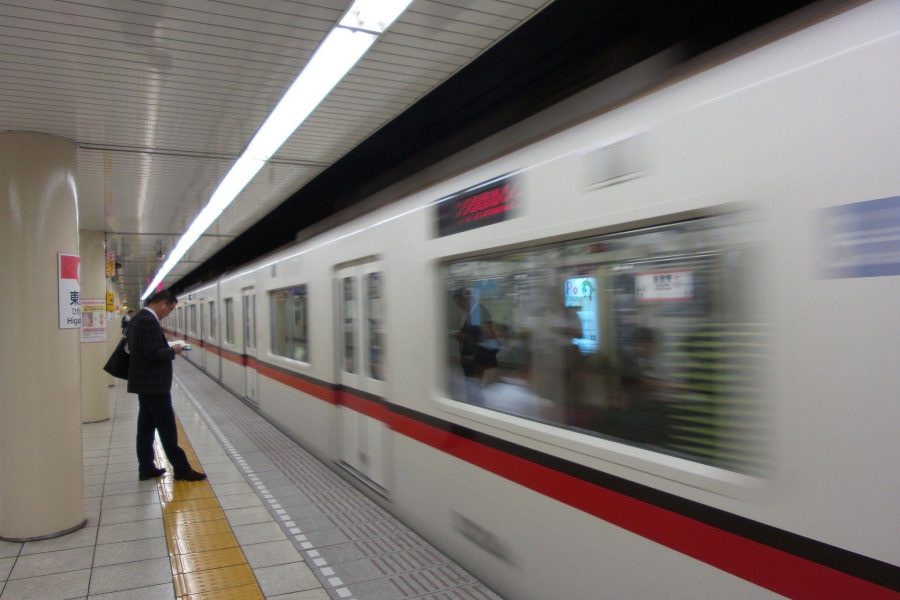
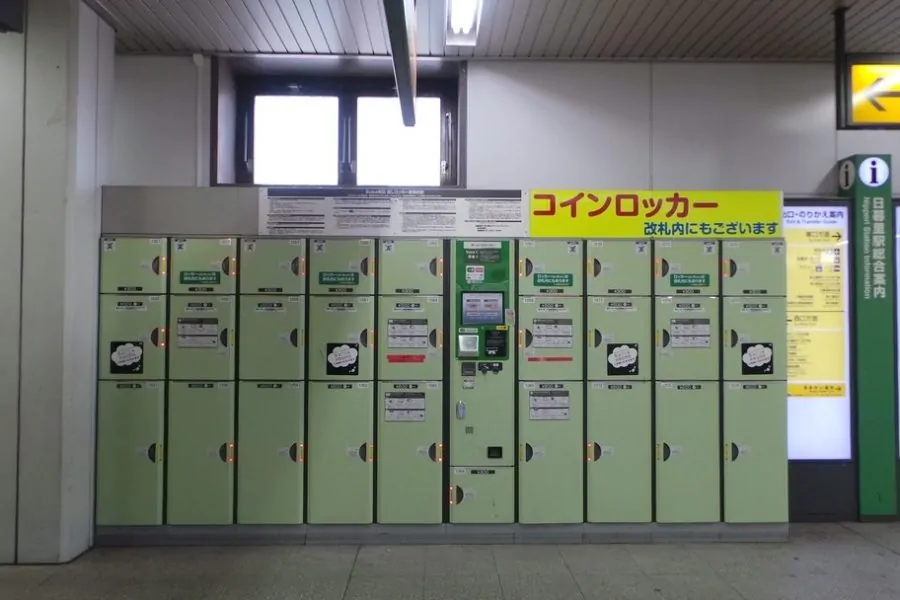
Leave a Comment